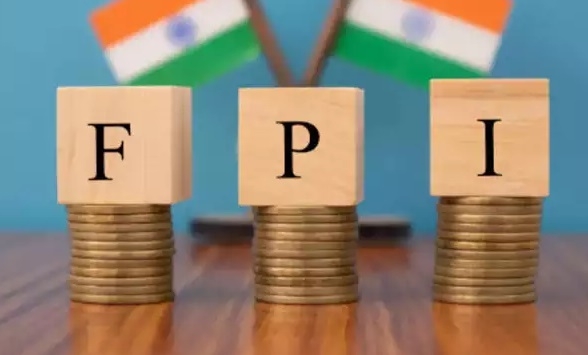Mumbai: With equity markets moving into hyperdrive in Budget week on Monday, government’s clarifications on FPI investments have also added a booster shot.
Manoj Purohit, Partner & Leader, FS Tax & Regulatory Services, BDO India, said that imparting clarity on dividend income to maximise the cash flow for FPIs will be an added boon.
The government has been issuing several clarifications and amendments to resolve various tax and operational issues for FPIs. FPIs look forward for ease of regulations for doing business in India.
Under the current provisions of the law, dividend income is taxable, and tax is deductible at source on payment of such dividend income to non-residents, including FPIs, at the rate of 20 per cent as per the income tax law or as per the rate mentioned in the tax treaty of the relevant country to which the FPI belongs, whichever is more beneficial.
To avail benefits of the tax treaty, it is essential to submit the documents specified under the law to dividend paying entities.
Though FPIs submit all the documents necessary for availing the treaty benefits, the investee company opts for a conservative approach and withhold tax at the rate of 20 per cent (plus applicable surcharge and cess) applicable for FPIs.
The income tax law provides for a mechanism for claiming the refund of such withholding tax by filing return of income, but there is cash flow issue at the initial stage.
To streamline the process, declaration can be notified that could suffice all the requirements to claim the benefit of tax treaty and that such a declaration can be made available on one of the platforms to enable the investee company to deduct tax at source at the beneficial rate. This will assist the FPIs to maximise their cash outflows; enhancing the investment opportunities, making India a more favourable place for investments.
Addressing this situation and providing clarity and parity will impart more stability to the stakeholders in a market environment wherein the transactions on the exchanges will be settled at T+1/ T+0, as the case may be.
(IANS)
















